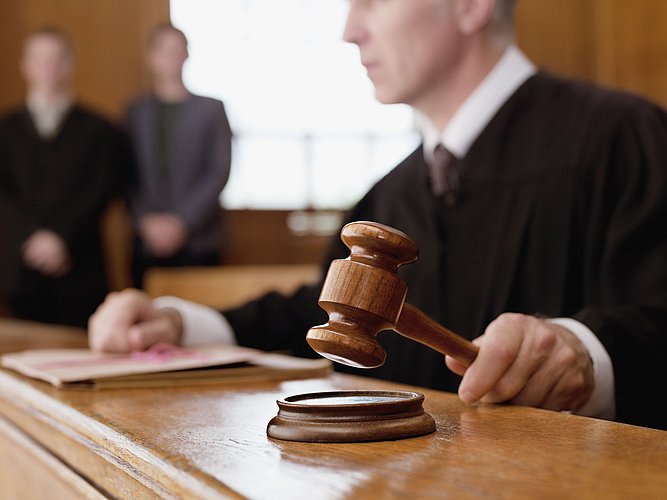Reform Package of China’s Trademark Law
Update China Desk May 2014
On May 1st, 2014 China’s ambitious reform package of trademark law came into effect: the amended Trademark Law which was adopted on August 30, 2013, a new Judicial Interpretation which was released by the Supreme People’s Court (SPC) on March 25, 2014, and the Implementing Rules of Trademark Law which were amended by the State Council on April 29, 2014. These three legal documents constitute the new reform package and entered into effect on the same day in order to form a consistent framework.
Reform Package of Trademark Law
The amendments of Trademark Law address numerous areas and show the ambitious effort of the lawmakers to pursue a substantive reform. Some key amendments are highlighted as follows:
Principle of Good Faith
A major issue is the introduction of the Principle of Good Faith which was always followed by courts in practice but not stated in the Law. The new Trademark Law stipulates, for instance, that trademarks shall be registered and used by the principle of honesty and credibility. Therefore, a trademark owner may claim against a third party due to acts such as registration or opposition on the reason of bad faith. Another example refers to trademark hijacking. Under the new Trademark Law an application for trademark registration shall be rejected when the trademark applied for is identical or similar in respect of the same or similar goods of another person’s trademark that has been used earlier though not yet registered, if the applicant has a contractual or business relationship or any other relationship with the said person and thereby knows of the existence of the said person’s prior trademark. The requirement of Good Faith Principle extends even to trademark agencies that must follow this principle and fulfill certain obligations such as not to carry out a trademark application where the trademark agency knows or should know that the application deals with an attempt of trademark hijacking.
Other Highlights of New Trademark Law
Beyond the legal doctrines, the amendments refer to many other significant aspects, such as widening allowable marks by including sounds as registrable marks, introducing e-filing and multi-class applications, and clarifying well-known marks by restricting the use of such marks as an advertising tool. The new law also tries to improve the efficiency of the registration process, for instance by introducing various timelines in processing oppositions and reviews and amending the invalidation procedure. Courts and the trademark authority may carry out an analysis of confusion likelihood in order to determine infringement. In order to fight against infringement, the fines and statutory damages have been significantly increased and punitive punishment is introduced.
The New Implementing Rules
The new Implementing Rules try to streamline the existing procedure in compliance with the new Trademark Law, in particular by detailing the provisions of e-filing, introducing division of trademark applications for partially refused applications, allowing settlement negotiations. In respect of infringement, significant effort has been made to define the calculation of illegal turnover gained by the infringing party, to specify circumstances for innocent infringement and to provide for penalty on trademark agencies on account of misconducts.
SPC’s Judicial Interpretation
The SPC’s new Judicial Interpretation deals with procedural aspects concering the jurisdiction and the legal application in transition issues under the new trademark law framework. One of the main aspects is that three new types of trademark cases have been introduced, i.e. cases on disputes over confirmation of non-infringement of trademark right, cases on disputes over trademark agency contracts, and cases concerning damage liability arising out of application for ceasing trademark infringement. Until recently, the filing of these three types of cases has been often rejected by local courts by reason of lack of legal basis. Another highlight is that disputes over trademark right and damages can be filed before court while the trademark authority is still carrying out investigation of infringement.
Perspectives
The Reform Package establishes a new legal framework and brings challenges to all market participants. Positive effects are to be expected while the practical implementation remains to be seen.









![[Translate to English:] [Translate to English:]](/fileadmin/_processed_/6/b/csm_Besprechung_Laptop_Haende_45d0bbe7d2.jpg)
